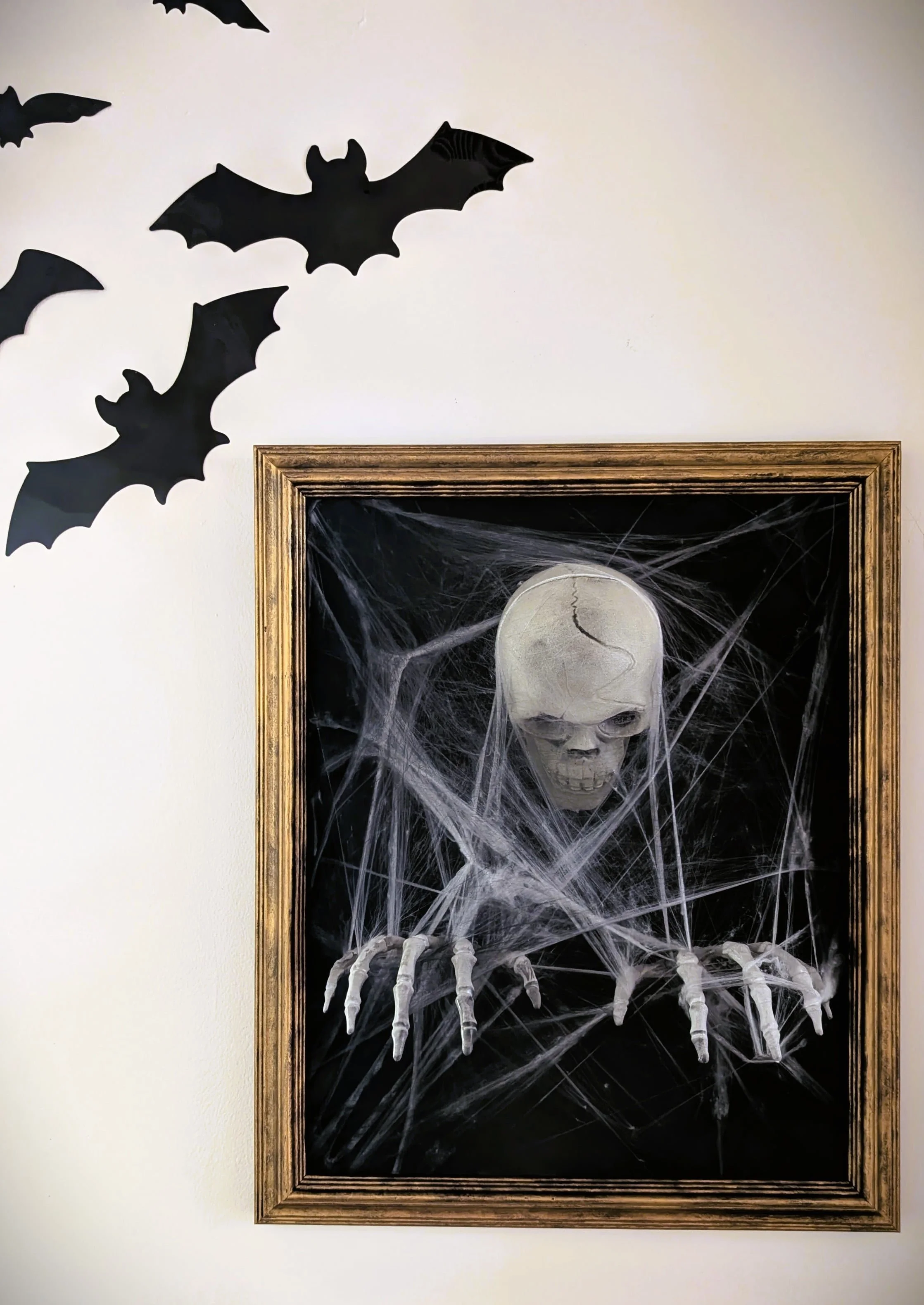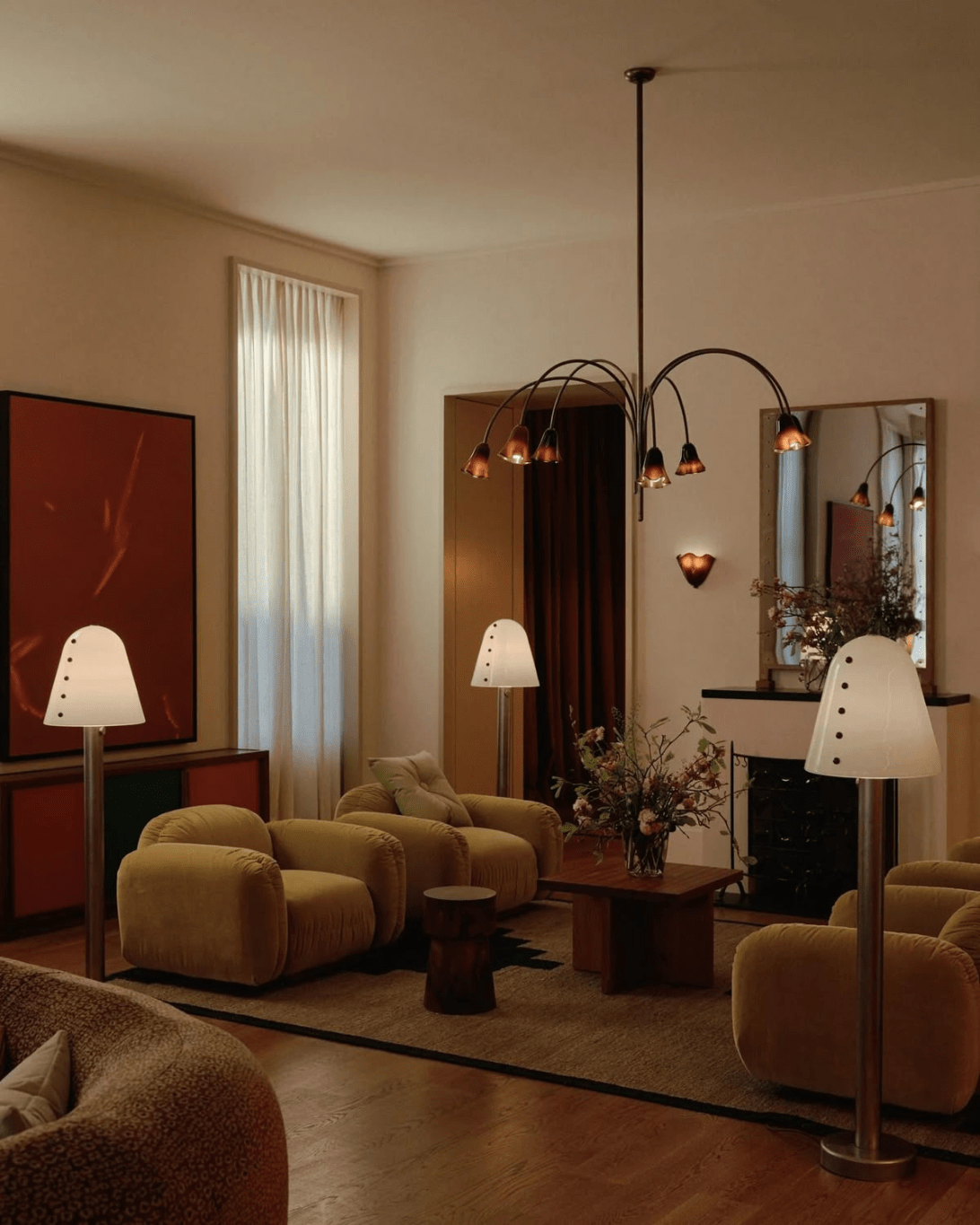Fluted Cabinet Door DIY
/How to Make a Fluted Cabinet Door
If you’re anything like me, you’ve taken notice of the fluted furniture trend, and you LOVE it… but not the price tag that comes with it. Don’t worry - I gotchu! In this post, I’m sharing how I created fluted cabinet doors for my built-ins with just some plywood and a table saw!
As an Amazon Associate, and partner with other brands, I earn from qualifying purchases. This post may contain affiliate links, meaning I receive commissions for purchases made through those links at no cost to you.
I previously shared that I’ve been renovating the built-ins in the playroom for quite a while now and gave a high-level recap of how they got to their current state. In that post mentioned that I fell in love with the fluted cabinet doors in this inspiration picture:
When I realized I had an opportunity to incorporate the fluted detail into my built-ins I was all for it! There are several ways to create this stylish texture by using half-dowels or pole wrap, but I was disappointed to find that both of those options would cost way more than I was willing to spend.
I think I calculated that I would need at least $300 worth of pole wrap or an equally outrageous amount worth of half-round dowels. No, thank you!
So I started brainstorming and came up with an idea that worked really well for way cheaper: using my table saw to cut flutes directly on the doors! This DIY is as simple as running slabs of plywood through the table saw at consistent intervals until all your flutes are created.
Here’s the step-by-step process:
Materials
- Circular Saw
- Table Saw
- Drill
- Concealed Hinge Jig
- Concealed Hinges - mine are full overlay
- 3/4” Plywood or MDF
- Edge Banding
- Edge Band Trimmer
- Iron
- Sandpaper
- Optional:
- Cabinet pulls
- Paint or stain and sealer
Cut Your Doors
Because I wanted to utilize as much space available, my cabinet boxes needed to be custom-made, but that’s not always necessary! You can absolutely buy stock cabinets and save yourself time by only making the doors for this project.
Measure the length and width of all your doors and cut them out of your material. I used a circular saw to cut my plywood down to size, but you could also ask the hardware store to rip your wood down for you.
I made my doors out of red oak plywood because I knew I wanted the final product to be stained. If you plan on painting your doors, you can definitely use a cheaper grade wood (like birch) or MDF.
Drill Holes for Concealed Hinges
Next, I drilled holes for my hinges using my Kreg Concealed Hinge Jig, which is a lifesaver!
I never realized how many types of hinges there were until I decided to make my own doors. Make sure to do your research before buying hinges so you get the right kind - there are quite a few options out there, and it’s definitely more complicated than I can cover in this blog post.
Check Door Placement
Before you get too far along, take a beat and (temporarily!) install your doors to make sure they fit.
You can see that my doors look really wonky here. Luckily, most concealed hinges are adjustable, so before you do something that can’t be undone (like trimming your doors), play with the hinges to see if you can make them fit.
I had to trim a couple of my doors the tiniest bit, but I got them looking much more even after adjusting my hinges some.
Attach Edge Banding
You probably know the edges of plywood aren’t the prettiest. My next task was to figure out how to make them look nice. Enter: edge banding.
Edge banding is a thin wood veneer that comes in different widths and wood types that you iron onto the edge of plywood to make it look like one solid piece. Since I kept my doors wood, I made sure to buy red oak edge banding so it would match once I stained the finished product.
To make my edge banding look seamless, I ironed a continuous piece on all 4 edges of my doors. When I got to the end, I cut it with scissors, then lightly sanded the edges of the edge banding and the corners smooth. Using a trimmer, cut off any excess edge banding.
Cut Your Flutes
Now it’s time for the game-changer… well, almost…
Before I jumped into making the fluted pattern on my doors, there were a few things I needed to figure out, and that I advise you to test out as well to figure out what you like best:
How deep to cut my flutes;
How far apart to cut my flutes
To test this, I ran a scrap piece of plywood through the table saw with the blade at different heights and the fence set to different intervals. Because you have to scoot the fence of your table saw over after each flute, I’d advise you to use intervals that are easy to keep track of. I cut my flutes at intervals of 1/4”, 1/2”, 3/4”, and 1” to test the widths.
While I don’t have the exact measurements I used for the depth, it’s safe to say to make sure you don’t set your blade so high that you cut through the plywood or weaken its structure.
Once you test a few different options, take a look at your test piece in the space to see how it looks from afar. In the example below I’ve already decided on 3/4” flutes but wanted to test different depths.
NOW it’s time to start cutting the flutes on your actual doors! There’s definitely room for error here, so TAKE IT SLOW and check your measurements as you go. One mismeasurement and your door will be ruined (take a guess how I know!).
Paint or Stain Your Doors and Install
Once all the flutes are cut, you can paint or stain your doors to your liking and officially install them!
I used 220-grit sandpaper and lightly sanded them smooth before staining. It took a lot of testing and different combinations of stain to get the color just right, but eventually (and with a little bit of panic) I got there! Then, I sealed everything with two coats of matte Polycrylic to finish them off.
One last thing: while the very first picture in this post shows the doors with handles, I decided I liked the look of my cabinets without them more (though they're still beautiful!) Instead, I installed these push-openers that have been working out perfectly.
Final Thoughts
I’m so excited I found a place to incorporate fluted furniture into my home. I love how much modern character it adds to these built-ins - and I especially love that I saved a bunch of money by making them this way. What do you think? Would you take on this DIY? Let me know in the comments!




















